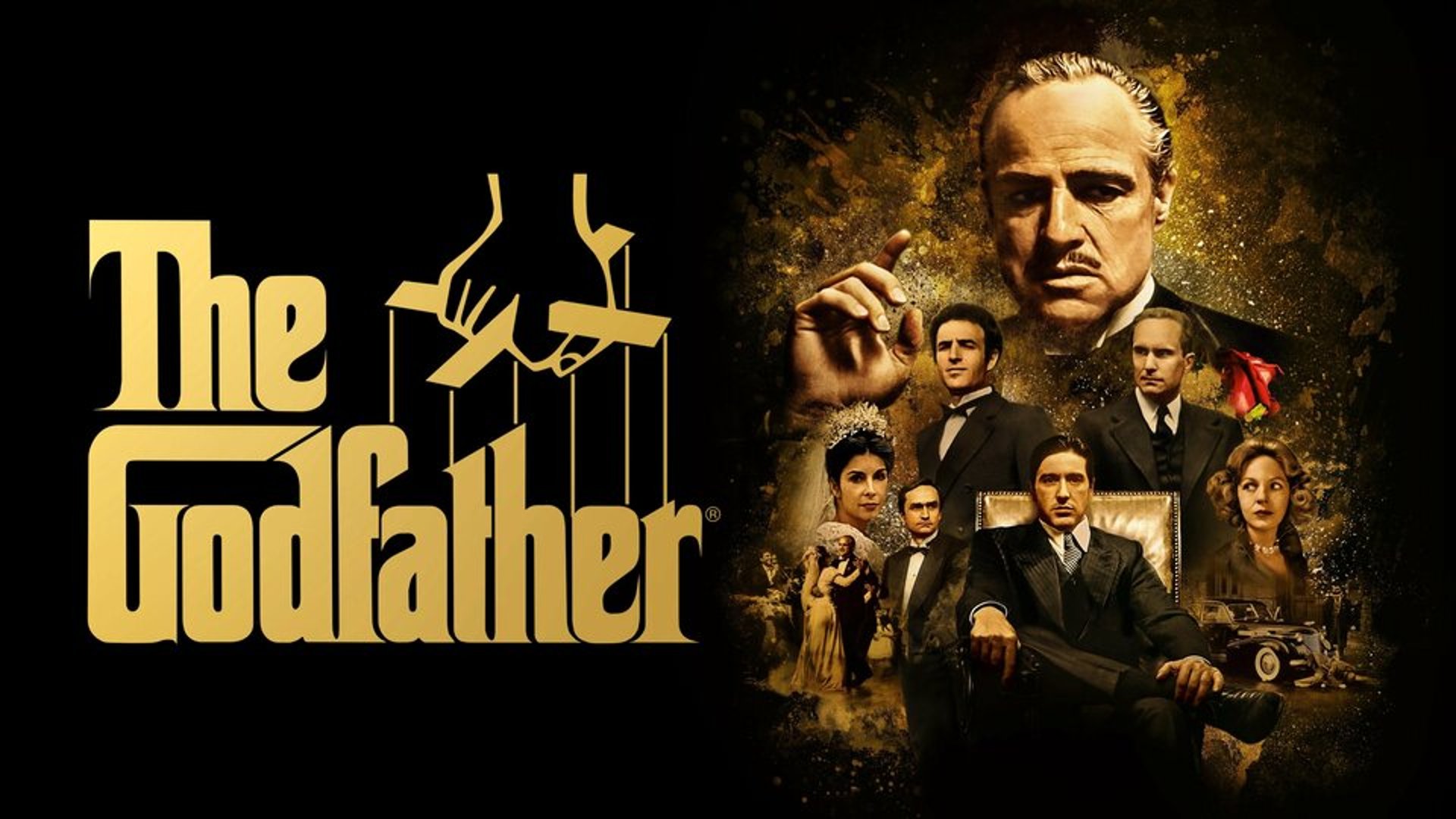The Power Play of Content Frameworks: Matching Style to Strategy
In this case study, we compare three overarching sets of data and figure out how a medium-sized eCommerce business can turn its business around with data.
Lilo
3/6/20233 min read

Just as an actor adapts their performance to serve different dramatic purposes, content writers must master various frameworks to effectively reach their audience and achieve specific goals.
The Art of Performance in Content Writing
Consider how differently the "I'll make him an offer he can't refuse" scene would play out if Don Corleone was speaking to a frightened shopkeeper versus a respected business partner. In the same way, your content framework too must shift depending on whether you're addressing a B2B executive or a B2C consumer, each requiring its own unique tone, pacing, and approach.
Let's break down key content frameworks through The Godfather lens:
1. The Problem-Agitate-Solution (PAS) Framework
Think of Don Corleone listening to Bonasera's plea for justice. First, he acknowledges the problem (the assault on Bonasera's daughter), then agitates it by highlighting the failure of legal channels, before finally offering his solution. This framework works particularly well in B2C content for the awareness stage, where emotional engagement is crucial. Just as Corleone builds tension before providing relief, PAS creates an emotional connection before presenting your solution.
2. The Before-After-Bridge (BAB) Framework
Picture Michael Corleone's transformation from war hero to mafia don. This framework mirrors his journey by showing the audience their current state (Before), the desired outcome (After), and how to get there (Bridge). It's especially effective in B2B content during the consideration stage, where prospects need to envision concrete transformation paths.
3. The Four P's Framework: Promise, Picture, Proof, Push
Remember how Tom Hagen negotiates with movie producer Jack Woltz? He makes a promise (solving Woltz's problems), paints a picture (future success), provides proof (the Corleone family's influence), and pushes for action. This framework excels in decision-stage content for both B2B and B2C audiences, where credibility and persuasion are paramount.
4. The AIDA Framework: Attention, Interest, Desire, Action
Consider how the film itself unfolds – from the gripping opening wedding scene through to its climactic conclusion. Like a well-crafted movie, AIDA guides your audience through a journey. It's particularly effective in B2C awareness content, where you need to capture attention quickly and maintain engagement throughout.
Adapting to Your Audience: The B2B vs. B2C Dynamic
Just as Michael Corleone speaks differently to his family versus his business associates, your content framework must adapt to your audience:
B2B Content:
- Emphasize logic and ROI (like Michael's calculated business decisions)
- Focus on long-term relationships (similar to the family's business alliances)
- Use data-driven narratives (akin to Tom Hagen's strategic counsel)
- Employ more technical language (like discussing territory and operations)
B2C Content:
- Appeal to emotions (like Don Corleone's personal connections)
- Focus on immediate benefits (similar to quick favor exchanges)
- Use relatable stories (like the family's personal narratives)
- Keep language accessible (like conversations at the dinner table)
Content Funnel Stages: Choosing the Right Performance
Awareness Stage:
- Use PAS or AIDA frameworks to grab attention
- Focus on broader problems and emotional hooks
- Think of how the film first introduces each character – clear, memorable, impactful
Consideration Stage:
- Implement BAB framework to show transformation possibilities
- Provide detailed comparisons and solutions
- Mirror how the film develops its characters' motivations and choices
Decision Stage:
- Deploy Four P's framework to drive action
- Emphasize proof and credibility
- Like the film's climactic scenes, push for decisive action
The Final Take
Just as Marlon Brando and Al Pacino mastered different aspects of their characters to create compelling performances, successful content writers must command various frameworks to craft effective content. The key lies not just in knowing these frameworks, but in understanding when and how to deploy them for maximum impact.
Remember, like a great actor, a skilled content writer reads the room, understands the audience, and delivers a performance that resonates with their specific needs and expectations. Whether you're making an offer they can't refuse or building long-term business relationships, choosing the right framework is crucial for content that truly connects and converts.
How you’re marketing your blog is another thing that’s important to remember when you’re starting out with your blog. While it takes a while to start dominating the search engines and search results, introducing a mailing list to announce the newest blog post is a great idea to drive traffic to your website and blog.
Contact us
Whether you have a request, a query, or want to work with us, use the form below to get in touch with our team.


